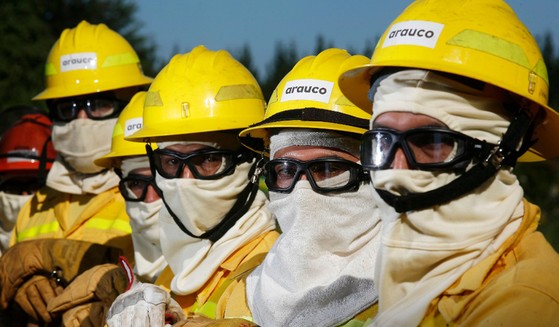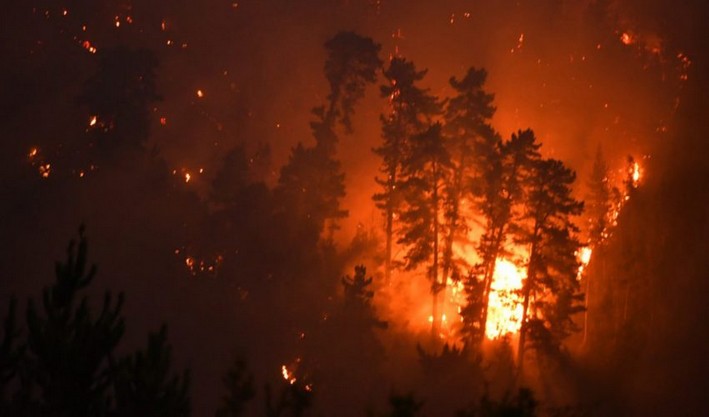A Pair of Huemuls Spotted in Niblinto National Reserve
A new in-person encounter with huemuls (Hippocamelus bisulcus) was reported by park rangers at the Huemules de Niblinto National Reserve, in the mountainous area of the Ñuble region. This time, a male and a female.
The sighting occurred when territorial staff of the National Forestry Corporation (CONAF), Juan Sepúlveda Fuentes and Cristóbal Sepúlveda Cáceres, were retrieving around 30 camera traps for wildlife observation and potential threats, as part of the Photomonitoring Program of the National System of Protected Areas (SNAP) of the State.
Juan Sepúlveda, administrator of the Huemules de Niblinto National Reserve, stated in his report that "the sighting took place on the morning of Wednesday, April 9, at a distance of 80 meters, over a half-hour period, where the specimens, a male and a female, remained calm and aware that we were there observing them."
He added that "these specimens were captured in their natural habitat, moving among the wetlands, but in winter they tend to descend further toward the valleys due to the snow. Then, in spring, they return to the higher areas of the mountain range."
Mario Valdebenito, head of the Protected Wilderness Areas Department of CONAF Ñuble, noted that "these specimens were spotted inside the Los Huemules de Niblinto National Reserve, in territories where their presence has been documented since the beginning of the species' study in central Chile, back in the 1970s, by Anthony Povilitis. Over the last decade, this area has become a core zone of special importance for the conservation of this species, as they are part of a State Protected Area, where they are safeguarded from increasing human presence and its added threats."
This sighting brings great hope regarding the results that will soon emerge from the camera trap records being collected in the area, where there is much anticipation for possible new images—photos and videos—of this and other wildlife species in their natural habitat, which could contribute to improving management plans for their conservation.
Source:La Discusión

















